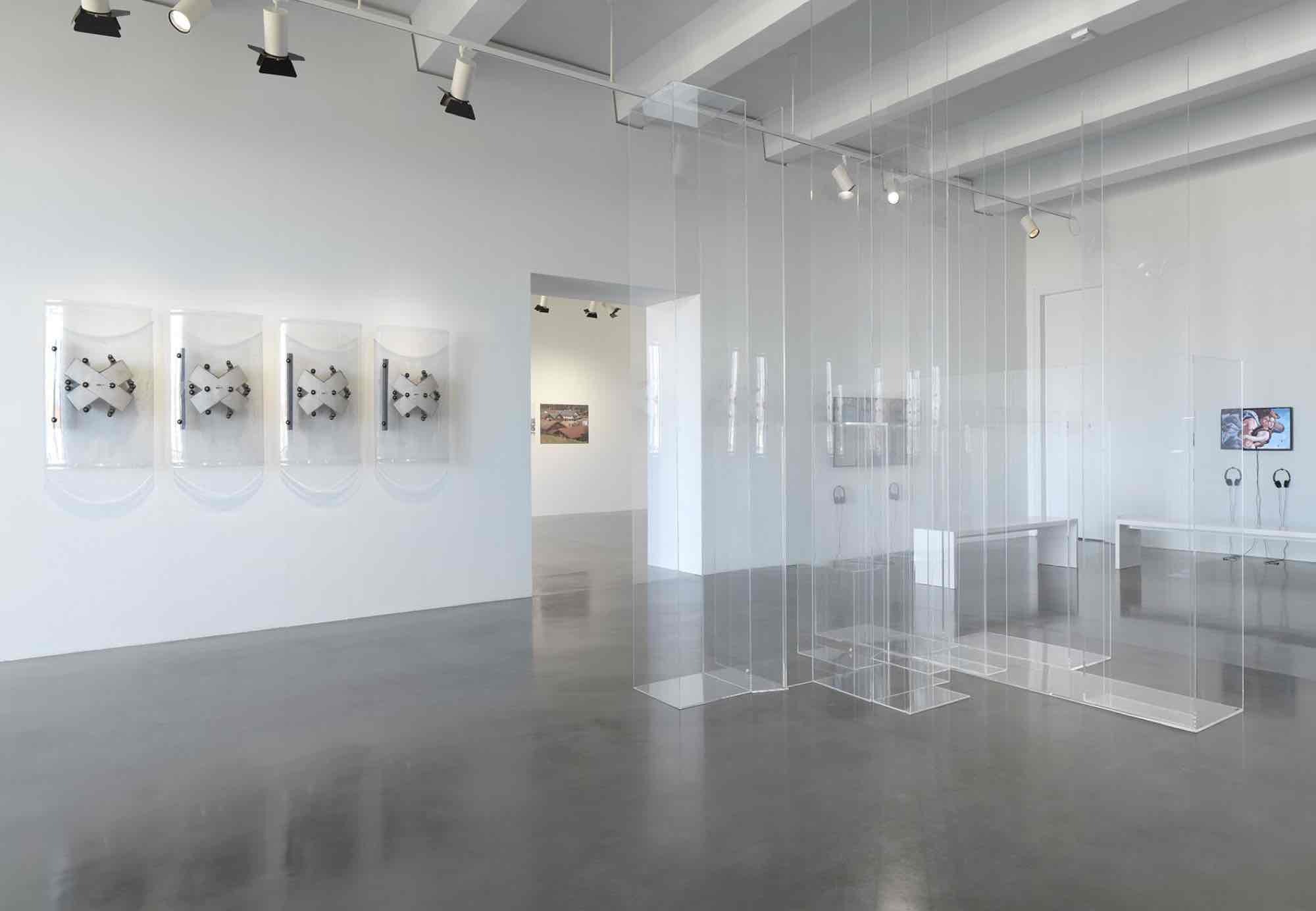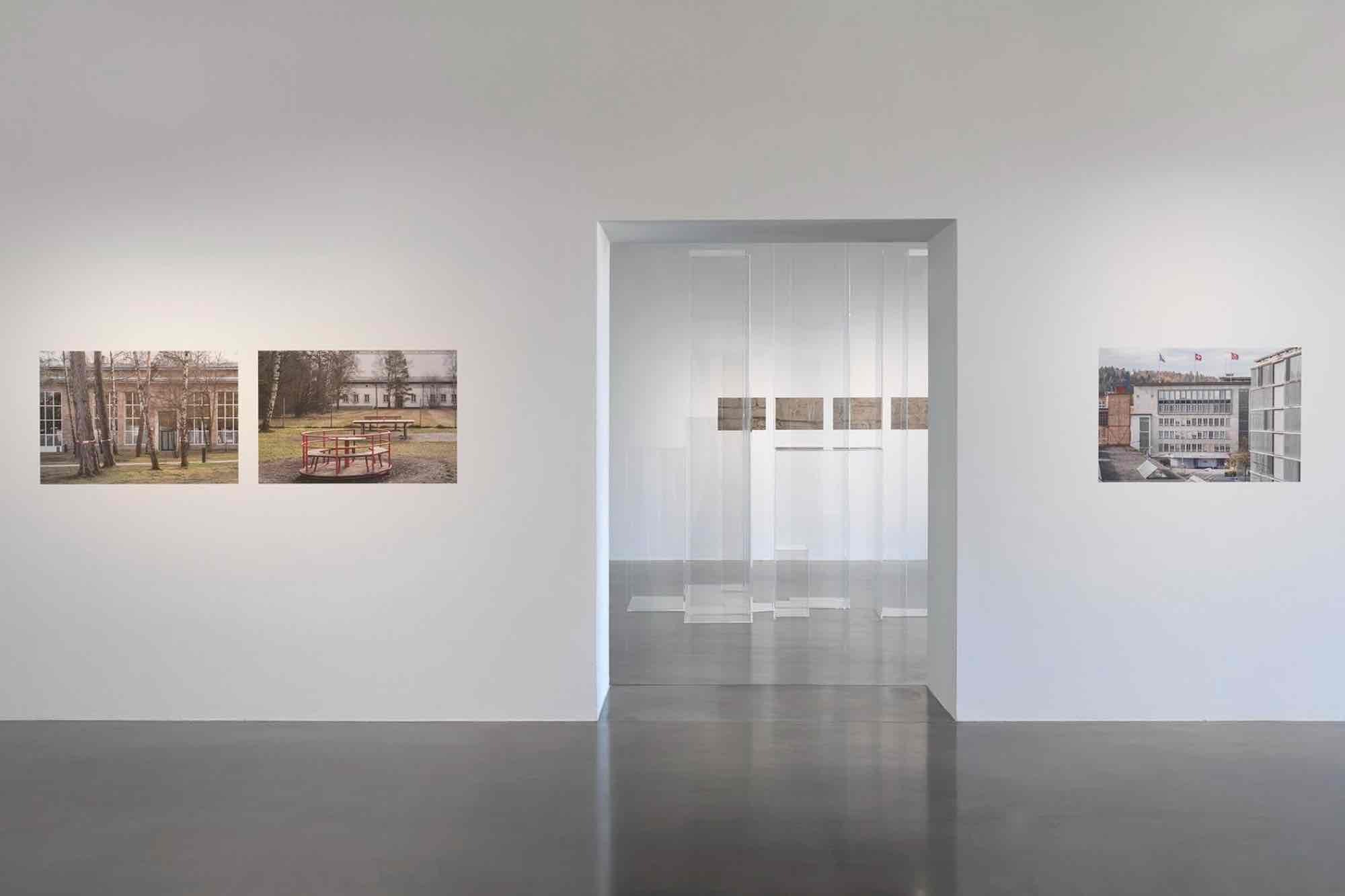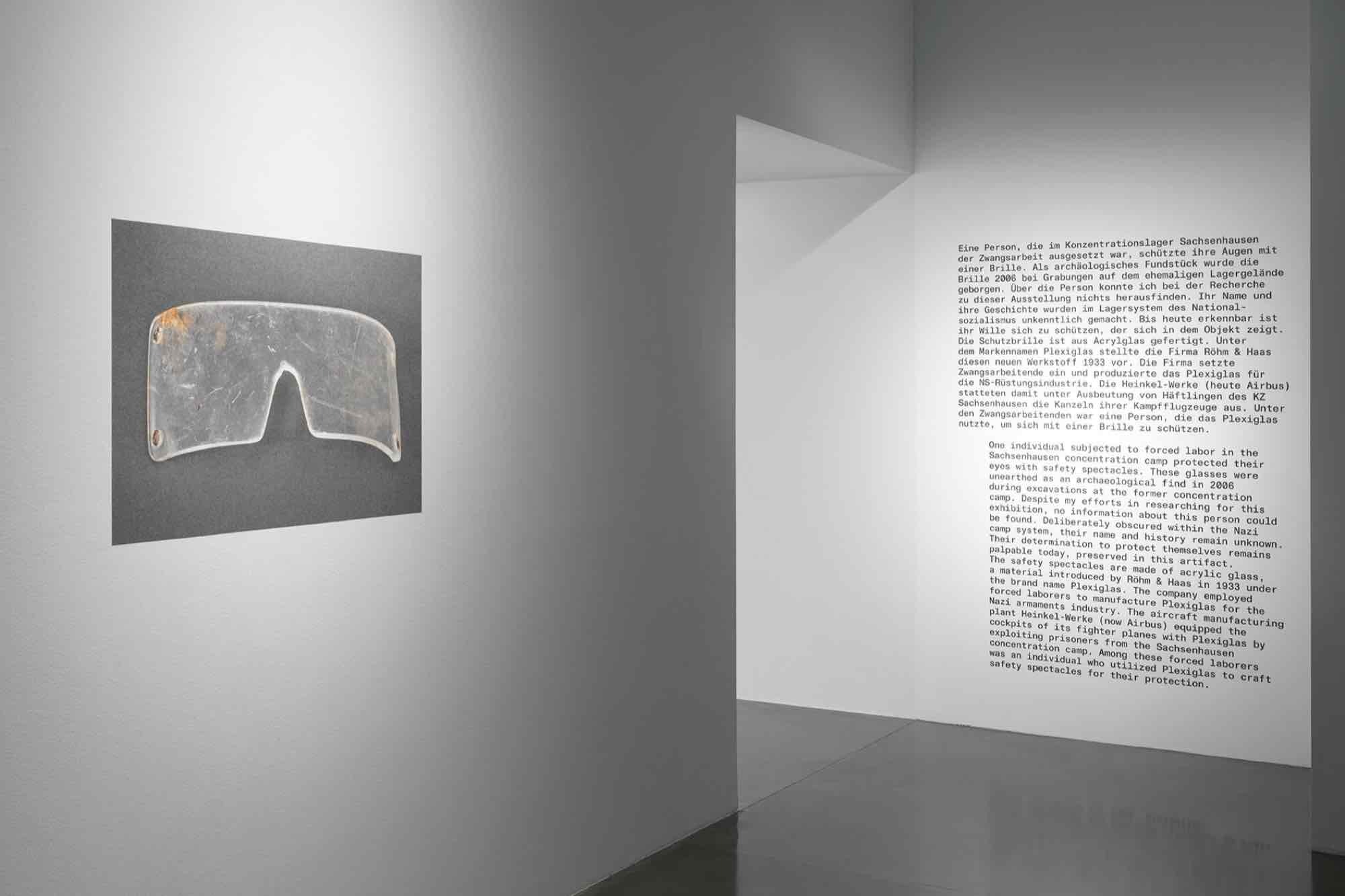Franz Wanner
Mind the Memory Gap
24 Mar - 14 Jul 2024

Franz Wanner. Mind the Memory Gap, 2024, exhibition view, Maschinenhaus M1, KINDL, photo: Jens Ziehe

Franz Wanner. Mind the Memory Gap, 2024, exhibition view, Maschinenhaus M1, KINDL, photo: Jens Ziehe

Franz Wanner. Mind the Memory Gap, 2024, exhibition view, Maschinenhaus M1, KINDL, photo: Jens Ziehe
In his first solo exhibition in Berlin, Franz Wanner investigates the present-day repercussions of the widespread exploitation of forced labour under National Socialism. Using photographs, texts, films, and objects, the artist weaves a narrative on social continuities from the Nazi era to today, pinpointing gaps in German’s collective memory.
Under the Nazi regime, approximately 26 million people were exploited as forced labourers. A large part of German society participated in this exploitation: corporations and medium-sized companies, crafts, agriculture, universities, research institutes, the arts and film industries, churches and monasteries, government agencies, families, and individuals profited from the work of forced labourers. In the German Reich alone, some 13 million forced labourers were used, including around 8.4 million civilians deported from occupied territories to Germany for forced labour. These civilian forced labourers were distributed among some 30,000 camps – roughly the number of supermarkets and grocery stores in Germany today.
The vast majority of citizens under National Socialist rule actively participated in the use of forced labourers – a stark contrast to a contemporary narrative where approximately 80% of Germans believe their ancestors did not employ forced labourers. Two of the former forced labour camps still exist as architectural ensembles: in Berlin-Schöneweide and Munich-Neuaubing. These two sites form the starting point for a multilayered artistic exploration.
Curator: Kathrin Becker
Under the Nazi regime, approximately 26 million people were exploited as forced labourers. A large part of German society participated in this exploitation: corporations and medium-sized companies, crafts, agriculture, universities, research institutes, the arts and film industries, churches and monasteries, government agencies, families, and individuals profited from the work of forced labourers. In the German Reich alone, some 13 million forced labourers were used, including around 8.4 million civilians deported from occupied territories to Germany for forced labour. These civilian forced labourers were distributed among some 30,000 camps – roughly the number of supermarkets and grocery stores in Germany today.
The vast majority of citizens under National Socialist rule actively participated in the use of forced labourers – a stark contrast to a contemporary narrative where approximately 80% of Germans believe their ancestors did not employ forced labourers. Two of the former forced labour camps still exist as architectural ensembles: in Berlin-Schöneweide and Munich-Neuaubing. These two sites form the starting point for a multilayered artistic exploration.
Curator: Kathrin Becker
